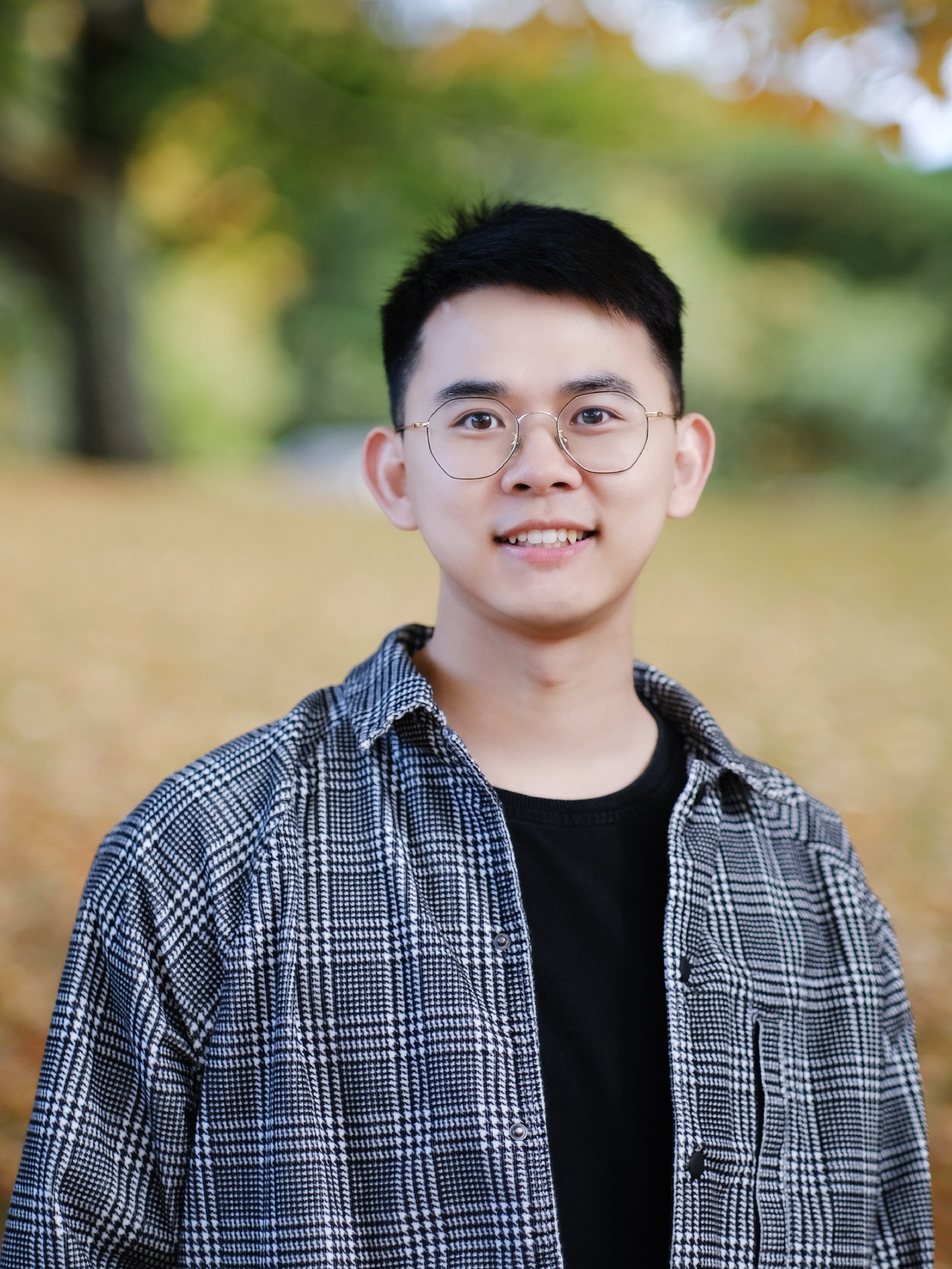
About Me
Welcome! My name is Qijia Shao, currently a last-year Ph.D. candidate in the Computer Science Department at Columbia University. I am a member of the Mobile X Lab, under the supervision of Professor Xia Zhou and Professor Fred Jiang. I received my master's degree from Dartmouth College, and my bachelor's degree from Yingcai Honors College at University of Electronic Science and Technology of China (UESTC). I was an exchange student in my junior year at EECS department of National Chiao Tung University. I spent my senior year as a research assistant at Missouri S&T, advised by Professor Y. Rosa Zheng.
I am passionate about solving exciting and impactful real-world challenges. My research recently focuses on lowering the barriers to acquiring and interpreting various human-related signals, from physical signals (e.g., force, velocity) to physiological signals (e.g., ECG, EMG, impedance) and enabling applications in healthcare, education, and interaction.
I play with various modalities of signals from both software and hardware sides. I have designed and prototyped different practical systems leveraging the latest technical advances (e.g., Multimodal Deep Learning, Mixed Reality/AR/VR) for human motion teaching (soft flex/pressure sensors and camera @UIST'23, @CogSci'22, @UbiComp'21), human activity/behavior monitoring/prediction (EMG and impedance sensors @UbiComp'21; computational fabrics @UbiComp'19 @MobiSys'24), localization and tracking (light @NSDI'24, @MobiSys'22), and interactions (N-euro Predictor@UbiComp'23; conductive threads @CHI'20). Feel free to contact me if interested in similar topics!
Recent News
- [04/2024] Selected as one of the Rising Stars in Cyber-Physical Systems !
- [03/2024] Our paper “Joey:Supporting Kangaroo Mother Care with Computational Fabrics” has been conditionally accepted to MobiSys 2024. The hardest user study ever! But I’m immensely proud of this work. We introduced a fabric-based physiological sensing system to unobtrusively monitor the infant’s ECGs and the skin-to-skin contact between the infant and the caregiver. The potential to enhance Kangaroo Mother Care (for pre-term babies!) holds significant importance and meaning for me! Please check out the project website for more details!
- [01/2024] Gave an invited talk at CUHK. Thank Prof. Guoliang Xing for the host!
- [12/2023] My internship work “Normalization is All You Need: Robust Full-Range Contactless SpO2 Estimation Across Users” at Samsung Research is accepted at ICASSP 2024 as an oral presentation! We proposed a simple yet effective algorithm to handle the cross-user variation (e.g., different skin tones and ages). The proposed algorithm is a A1 patent for Samsung and now being deployed to Samsung products! Please check out our paper here!
- [11/2023] Gave an invited talk at North Carolina State University and a guest lecture in CS 6998 at Columbia Univeristy.
- [09/2023] Won the Best Deomo Award at MobiCom 2023 and the Best Teaser Award at UbiComp 2023.
- [09/2023] Happy and honored to serve as a JEDI Ambassador for UbiComp/ISWC 2023. I eagerly anticipate collaborating with the JEDI chairs to ensure UbiComp/ISWC 2023 is both accessible and inclusive for all attendees. See you in Cancun!
- [07/2023] Our paper “Catch Me If You Can: Laser Tethering with Highly Mobile Targets” has been accepted by NSDI 2024. We build a generic framework that tightly integrates laser steering with optical tracking to maintain laser connectivity with high-velocity targets, creating a constantly connected, laser-based tether between the Lasertag core unit and a remote target. Please check out the project website for more details!
- [07/2023] Our paper “N-euro Predictor: A Neural Network Approach for Smoothing and Predicting Motion Trajectory” has been accepted by IMWUT/UbiComp2023. This paper highlights our efforts in addressing the motion-to-photo latency and jitter in AR/VR applications by utilizing prediction techniques. The research was conducted during my internship at Snap. Check out the short intro video and the paper here. The same prediction scheme was leveraged in our NSDI 2024 paper for high-speed objects motion prediction.
